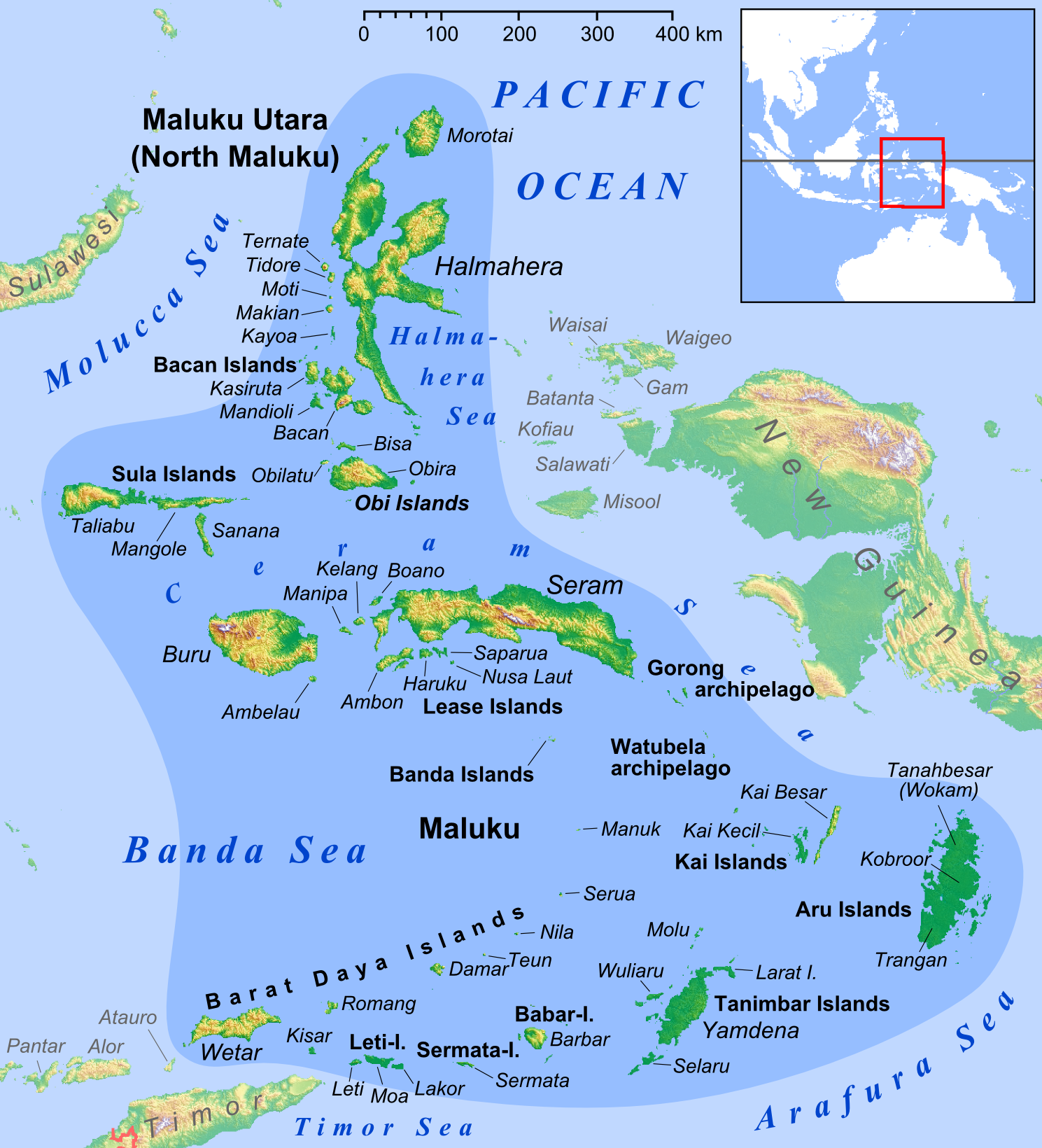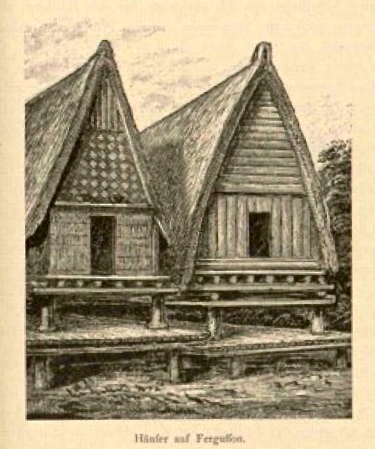|
Sufetula Macropalpia
''Sufetula macropalpia'' is a moth in the family Crambidae. It was described by George Hampson in 1899. It is found in Indonesia (Ambon Island, Banda Islands, Fergusson Island). The wingspan The wingspan (or just span) of a bird or an airplane is the distance from one wingtip to the other wingtip. For example, the Boeing 777–200 has a wingspan of , and a wandering albatross (''Diomedea exulans'') caught in 1965 had a wingspan ... is about 16 mm. The forewings are fuscous with an obscure whitish subbasal patch and slight white marks representing the antemedial line. There is a lunulate (crescent-shaped) medial white patch in and below the cell, as well as two discocellular points. There are also traces of a postmedial line, as well as a submarginal waved line and a black marginal line interrupted by a white patch below the middle. The hindwings have a white base, a broad white antemedial band, a patch beyond the cell, four submarginal spots and a black marginal line ... [...More Info...] [...Related Items...] OR: [Wikipedia] [Google] [Baidu] |
George Hampson
Sir George Francis Hampson, 10th Baronet (14 January 1860 – 15 October 1936) was an English entomologist. Hampson studied at Charterhouse School and Exeter College, Oxford. He travelled to India to become a tea-planter in the Nilgiri Hills of the Madras presidency (now Tamil Nadu Tamil Nadu (; , TN) is a state in southern India. It is the tenth largest Indian state by area and the sixth largest by population. Its capital and largest city is Chennai. Tamil Nadu is the home of the Tamil people, whose Tamil languag ...), where he became interested in moths and butterflies. When he returned to England he became a voluntary worker at the Natural History Museum, where he wrote ''The Lepidoptera of the Nilgiri District'' (1891) and ''The Lepidoptera Heterocera of Ceylon'' (1893) as parts 8 and 9 of ''Illustrations of Typical Specimens of Lepidoptera Heterocera of the British Museum''. He then commenced work on '' The Fauna of British India, Including Ceylon and Burma: ... [...More Info...] [...Related Items...] OR: [Wikipedia] [Google] [Baidu] |
Moth
Moths are a paraphyletic group of insects that includes all members of the order Lepidoptera that are not butterflies, with moths making up the vast majority of the order. There are thought to be approximately 160,000 species of moth, many of which have yet to be described. Most species of moth are nocturnal, but there are also crepuscular and diurnal species. Differences between butterflies and moths While the butterflies form a monophyletic group, the moths, comprising the rest of the Lepidoptera, do not. Many attempts have been made to group the superfamilies of the Lepidoptera into natural groups, most of which fail because one of the two groups is not monophyletic: Microlepidoptera and Macrolepidoptera, Heterocera and Rhopalocera, Jugatae and Frenatae, Monotrysia and Ditrysia.Scoble, MJ 1995. The Lepidoptera: Form, function and diversity. Oxford, UK: Oxford University Press; 404 p. Although the rules for distinguishing moths from butterflies are not well est ... [...More Info...] [...Related Items...] OR: [Wikipedia] [Google] [Baidu] |
Crambidae
The Crambidae are the grass moth family of lepidopterans. They are variable in appearance, the nominal subfamily Crambinae (grass moths) taking up closely folded postures on grass stems where they are inconspicuous, while other subfamilies include brightly coloured and patterned insects which rest in wing-spread attitudes. In many classifications, the Crambidae have been treated as a subfamily of the Pyralidae or snout-moths. The principal difference is a structure in the tympanal organs called the praecinctorium, which joins two tympanic membranes in the Crambidae, and is absent from the Pyralidae. The latest review by Munroe and Solis, in Kristensen (1999), retains the Crambidae as a full family. The family currently comprises 15 subfamilies with altogether 10,347 species in over 1,000 genera. Systematics *subfamilia incertae sedis **''Conotalis'' Hampson, 1919 **''Exsilirarcha'' Salmon & Bradley, 1956 *Subfamily Acentropinae Stephens, 1836 *Subfamily Crambinae Latreill ... [...More Info...] [...Related Items...] OR: [Wikipedia] [Google] [Baidu] |
Indonesia
Indonesia, officially the Republic of Indonesia, is a country in Southeast Asia and Oceania between the Indian and Pacific oceans. It consists of over 17,000 islands, including Sumatra, Java, Sulawesi, and parts of Borneo and New Guinea. Indonesia is the world's largest archipelagic state and the 14th-largest country by area, at . With over 275 million people, Indonesia is the world's fourth-most populous country and the most populous Muslim-majority country. Java, the world's most populous island, is home to more than half of the country's population. Indonesia is a presidential republic with an elected legislature. It has 38 provinces, of which nine have special status. The country's capital, Jakarta, is the world's second-most populous urban area. Indonesia shares land borders with Papua New Guinea, East Timor, and the East Malaysia, eastern part of Malaysia, as well as maritime borders with Singapore, Vietnam, Thailand, the Philippines, Australia, Palau, an ... [...More Info...] [...Related Items...] OR: [Wikipedia] [Google] [Baidu] |
Ambon Island
Ambon Island is part of the Maluku Islands of Indonesia. The island has an area of and is mountainous, well watered, and fertile. Ambon Island consists of two territories: the city of Ambon to the south and various districts (''kecamatan'') of the Central Maluku Regency to the north. The main city and seaport is Ambon (with a 2020 Census population of 347,288), which is also the capital of Maluku province, while those districts of Maluku Tengah Regency situated on Ambon Island had a 2020 Census population of 128,069. Ambon has an airport and is home to the Pattimura University and Open University (Universitas Terbuka), state universities, and a few private universities, which include Darussalam University (Universitas Darussalam, UNDAR) and Universitas Kristen Indonesia Maluku (UKIM). Geography Ambon Island lies off the southwest coast of the much larger Seram island. It is on the north side of the Banda Sea, part of a chain of volcanic islands that encircle the sea. It ... [...More Info...] [...Related Items...] OR: [Wikipedia] [Google] [Baidu] |
Banda Islands
The Banda Islands ( id, Kepulauan Banda) are a volcanic group of ten small volcanic islands in the Banda Sea, about south of Seram Island and about east of Java, and constitute an administrative district (''kecamatan'') within the Central Maluku Regency in the Indonesian province of Maluku. The islands rise out of deep ocean and have a total land area of approximately . They had a population of 18,544 at the 2010 Census and 20,924 at the 2020 Census. Until the mid-19th century the Banda Islands were the world's only source of the spices nutmeg and mace, produced from the nutmeg tree. The islands are also popular destinations for scuba diving and snorkeling. The main town and administrative centre is Bandanaira, located on the island of the same name. History Pre-European history The first documented human presence in the Banda Islands comes from a rock shelter site on Pulau Ay that was in use at least 8,000 years ago. The earliest mention of the Banda Islands are ... [...More Info...] [...Related Items...] OR: [Wikipedia] [Google] [Baidu] |
Fergusson Island
Fergusson Island is the largest island of the D'Entrecasteaux Islands, in Papua New Guinea. It has an area of , and mostly consists of mountainous regions, covered by rain forests. There are three large volcanoes on the island. Fergusson Island is situated 3 km across the Dawson Strait from Normanby Island and 4 km from Goodenough Island across Moresby Strait. The highest peak at 6,801 feet (2,073 metres) near Wadalei in the north-east of Fergusson Island is an extinct volcano. Seymour Bay is located on the west coast, Sebutuia Bay on the east, and Hughes Bay on the north. The principal settlements, Salamo and Mapamoiwa, are on the southern coast. Gold deposits at Wapolu on the north coast were worked briefly in the mid-1990s. The island was named by Captain John Moresby after Sir James Fergusson, who was Governor-General of New Zealand from 1873 to 1874. On June 30, 1942, during World War II, a United States Navy The United States Navy (USN) is the ma ... [...More Info...] [...Related Items...] OR: [Wikipedia] [Google] [Baidu] |
Wingspan
The wingspan (or just span) of a bird or an airplane is the distance from one wingtip to the other wingtip. For example, the Boeing 777–200 has a wingspan of , and a wandering albatross (''Diomedea exulans'') caught in 1965 had a wingspan of , the official record for a living bird. The term wingspan, more technically extent, is also used for other winged animals such as pterosaurs, bats, insects, etc., and other aircraft such as ornithopters. In humans, the term wingspan also refers to the arm span, which is distance between the length from one end of an individual's arms (measured at the fingertips) to the other when raised parallel to the ground at shoulder height at a 90º angle. Former professional basketball player Manute Bol stood at and owned one of the largest wingspans at . Wingspan of aircraft The wingspan of an aircraft is always measured in a straight line, from wingtip to wingtip, independently of wing shape or sweep. Implications for aircraft design an ... [...More Info...] [...Related Items...] OR: [Wikipedia] [Google] [Baidu] |
Moths Described In 1899
Moths are a paraphyletic group of insects that includes all members of the order Lepidoptera that are not butterflies, with moths making up the vast majority of the order. There are thought to be approximately 160,000 species of moth, many of which have yet to be described. Most species of moth are nocturnal, but there are also crepuscular and diurnal species. Differences between butterflies and moths While the butterflies form a monophyletic group, the moths, comprising the rest of the Lepidoptera, do not. Many attempts have been made to group the superfamilies of the Lepidoptera into natural groups, most of which fail because one of the two groups is not monophyletic: Microlepidoptera and Macrolepidoptera, Heterocera and Rhopalocera, Jugatae and Frenatae, Monotrysia and Ditrysia.Scoble, MJ 1995. The Lepidoptera: Form, function and diversity. Oxford, UK: Oxford University Press; 404 p. Although the rules for distinguishing moths from butterflies are not well establish ... [...More Info...] [...Related Items...] OR: [Wikipedia] [Google] [Baidu] |




